Parents send their kids to daycare for various reasons. The ideal age for children to attend daycare is 12 months, but some daycare centers accept infants as young as six weeks old. Your circumstances will determine the best time for you to put your child in daycare.
Parents ought to understand the pros and cons of sending infants to daycare. They must uphold the daycare of their choice to the highest standards to ensure their children’s safety. Moreover, parents and children need to make preparations before the send-off.
Many parents find sending their babies to infant daycare worrying. After all, sending the child there denotes entrusting them to a stranger’s care for long periods. Therefore, doing your research is a crucial aspect before proceeding to make the necessary arrangements.
Things to Know Before Sending Your Baby to Daycare at 3 Months
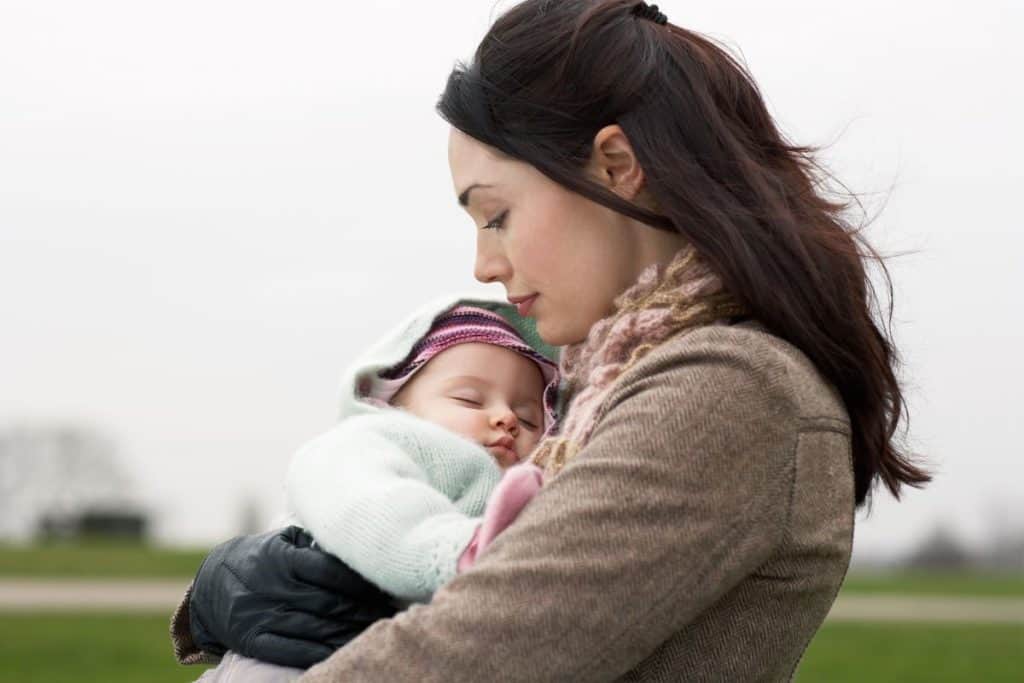
1. There are Pros and Cons
As mentioned earlier, parents send their children to daycare for different reasons. In most cases, both parents must go to work and have no relatives nearby to babysit. In 2019, more than 50% of households in the United States were dual-income.
Similarly, single-parent households also need childcare services. Daycares are an excellent choice because they have staff that can provide children with professional attention.
Even if the parents work from home, they still need a break from time to time to ensure a work-life balance. Sending their children to daycare would allow them time for self-care without worrying about neglecting their babies.
Many parents worry about exposing their infants to new environments because of bacteria and viruses that might harm their children. However, exposure builds immunity, allowing babies to fight diseases.
The most apparent disadvantage of sending infants to daycare is the cost. The average price of daycare in the U.S. is around $9,000 annually (approximately 14% to 26% of the average family income). The cost will vary depending on the state and the program.
Before sending your baby to daycare, you must also understand that doing so might result in a poorer parent-child attachment. After all, after birth until 18 months of age, children need exclusive attention from a single caregiver.
Suppose the child receives one-on-one attention from the caregiver at the daycare for long periods. In that case, they’ll naturally form deep bonds. The parent will miss this connection with their child.
In addition, the child might develop behavioral issues and aggression without stable parental childcare in the first 12 months. High parental sensitivity when at home will negate this possibility.
Aside from parental sensitivity, the quality of daycare services also plays a significant role. Hence, choosing the right daycare matters.
2. It Boils Down to Choosing the Right Daycare
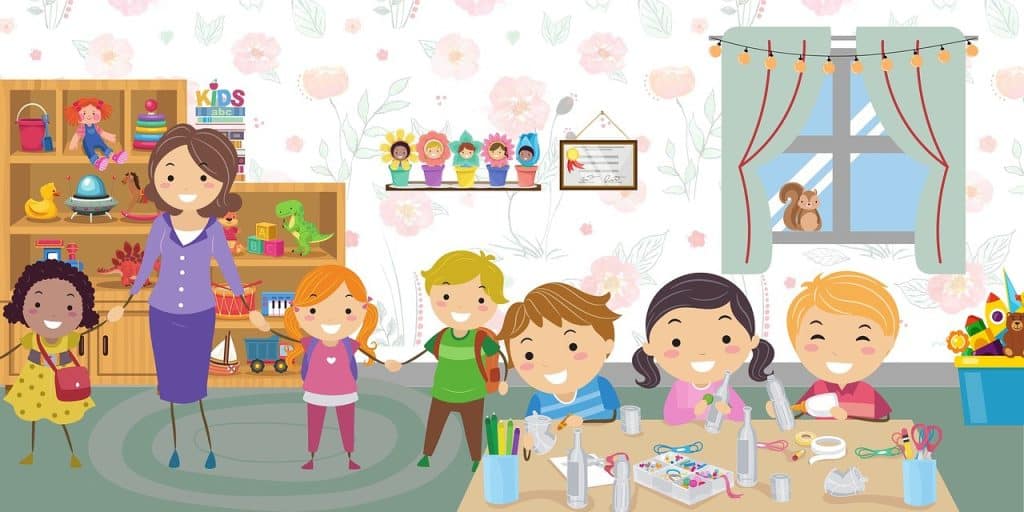
It’s more practical to choose a daycare near your workplace or residence. Still, the parents’ primary concerns when sending their baby to daycare are the child’s safety and well-being. Therefore, the ultimate goal is choosing the right daycare for the infant.
Before enrolling your baby in daycare, you must make time for a site visit. You need to check and evaluate the center or facility before anything else. It helps to search the internet for reviews and ask other parents’ opinions about the daycare of your choice.
The first criterion is cleanliness. The daycare must uphold the highest standards of cleanliness and hygiene because children (especially babies) are susceptible to numerous diseases. In other words, the daycare center must pass all safety standards.
The staff must always wash their hands thoroughly when handling infants, especially before and after diaper changes. Ensure the place has a good sanitation area for bottles and other feeding utensils. No children must share feeding bottles, pacifiers, and washcloths.
Ensure that the daycare center practices proper emergency protocols and passes other safety standards. There must be clear exits for emergencies, and fire extinguishers and smoke detectors must be in place. Similarly, the center should situate gates to block open stairways.
Check the room designated for infants. The cribs shouldn’t have fluffy linens and pillows that can cause accidental suffocation. There must also be proper ventilation.
You might also consider selecting one that contributes to advocating healthy and safer communities for children. Roam the area around the daycare and gauge if it’s conducive for childcare (e.g., not situated along the highway or near a busy, noisy street).
If possible, talk to the person in charge and the other staff. Don’t forget to inquire about the personnel and center’s license qualifications. Bear in mind that a good caregiver is affectionate, attentive to the infant’s needs, and educated about the stages of child development.
Assess the student-caregiver/teacher ratio because a smaller value implies more attentive care. The National Association for the Education of Young Children (NAEYC) states that a ratio of one staff to four infants is ideal in a maximum class size of eight.
Babies 18 months and younger must establish a bond with their caregivers. Therefore, a smaller ratio is best. Lastly, procure a schedule of daily activities and ask the daycare employees all your remaining questions.
3. Your Child Needs Preparation
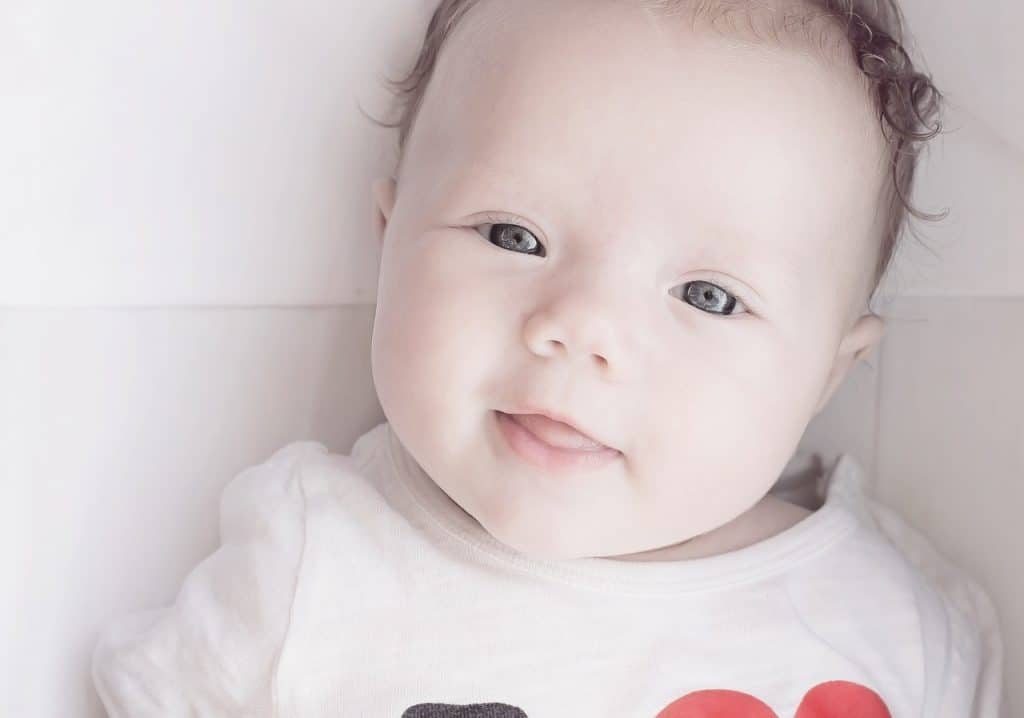
Your child’s routine will change once you send them to infant daycare, so it’s imperative to help them adapt before the actual send-off. After all, infants (especially 3-month-old babies) naturally fall into a predictable schedule.
Rushing your baby to adjust to a new environment won’t do them any good. Hence, creating a new routine at home is advisable. Below is an example of a three-month-old baby’s schedule.
- 7 AM: Rouse from sleep and feed
- 8:30 AM: Nap
- 9:30 AM: Rouse from nap and feed
- 10 AM: Playtime
- 11 AM: Nap
- 1 PM: Rouse from slumber and feed
- 1:30 PM: Playtime
- 3 PM: Nap
- 4 PM: Rouse from nap and feed
- 5 PM: Short nap time (only for babies that need a cat nap)
- 6 PM: Playtime
- 6:30 PM: Bath
- 7 PM: Feed and bed
Three-month-old babies need at least 14 to 17 hours of sleep daily (approximately 11 to 12 hours at night and three to four hours of sleep divided within the day). Babies usually take three to four naps in the daytime. However, it’s worth mentioning that the schedule still depends on the child.
At three months, babies are awake for around one and a half to two hours. You need to let them doze off if they show tiredness. Watch for signs like crying, irritability, staring off blankly into the distance, or withdrawing from play.
Another critical thing to note is that exclusively breastfed babies’ feeding schedules differ from formula-fed babies. Breastfeeding moms must feed their babies eight to 12 times a day. Formula-fed infants require about six ounces per feeding about every four hours.
A routine that works for one baby might not work for another. Therefore, the rule of thumb is to create a schedule that works for you and your infant. It’d help to consolidate your newly created routine with your child’s daycare caregiver later.
4. Boosting Your Child’s Immunity Is a Must

Places like daycare centers where infants and older children gather are hotbeds for bacterial and viral infections. Those under two are more prone to catching diseases because of their not yet fully developed immune systems.
Protect your baby by making sure their immunizations are up-to-date. Monitor their milk intake. Lastly, ensure to provide them with vitamins and minerals that’d strengthen their immune system (e.g., vitamin A, vitamin C, zinc, magnesium, iron, etc.).
5. Your Child Might Get Stressed
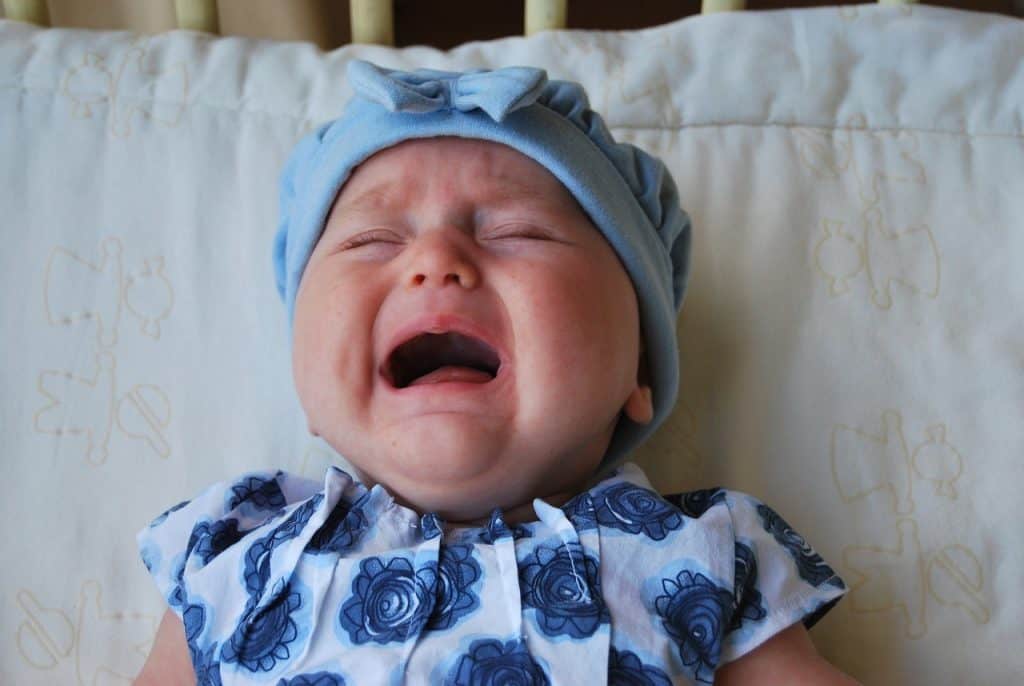
According to several studies, children exhibit high cortisol levels when enrolled in a daycare compared to a home setting. One of the primary contributors to this is age. When admitted to daycares, children younger than 36 months excrete more cortisol.
Cortisol refers to the hormone responsible for your body’s stress response. Stress triggers cortisol levels to rise. Therefore, high cortisol levels among children in daycares suggest they’re in constant distress.
Tips When Sending Your 3 Month Old to Daycare
1. Pack Only the Essentials
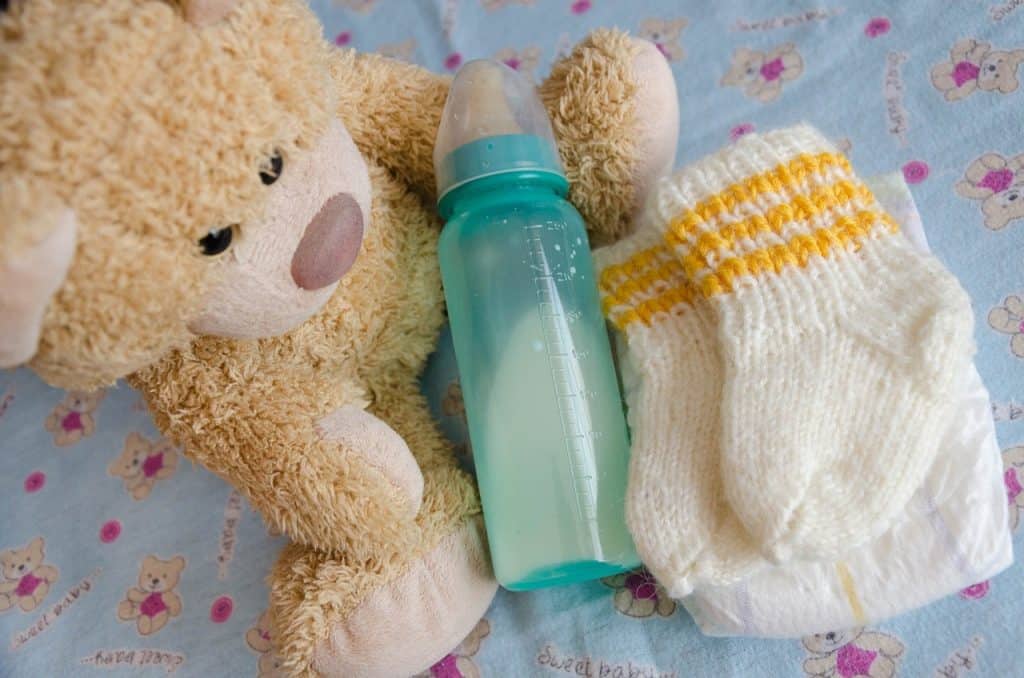
It’s easy for parents to get carried away when packing their children’s daycare bags. Instead of piling everything that comes to mind, it helps to ask the daycare center for a list of items the parents must bring for the infant. They might have a premade list available.
If the daycare doesn’t provide a list of essentials, it’s wise to bring wipes and diapers because most daycares don’t offer them. Consider storing boxes of diapers if the center provides storage boxes or lockers.
Aside from diapers, three-month-old babies usually only need breastmilk or formula because they don’t have activities prepared for them, unlike toddlers, who need various things. The daycare might not have the milk formula your baby uses, so make sure to bring your own.
Meanwhile, if the infant drinks breast milk, ask the staff about their storage practices beforehand. Remember to bring your baby’s bottles for safety purposes. Although the daycare can sterilize them for you, it’s better to be safe than sorry.
Potty accidents are common, so bring extra clothes as well. You can also bring spare pacifiers, a blanket, and a mat or cot for cribs or bassinets. Don’t forget to tell the caregiver about your child’s medications, if there are any.
2. Put a Label on Your Child’s Belongings
Although it’s the caregivers’ job to be mindful of everything, give them a little help by labeling all your baby’s belongings. Mix-ups are inevitable in places that have multiple kids. Doing so will also alleviate the risk of contamination, viral infections, and allergies.
3. Send Your Baby to Daycare with a Smile
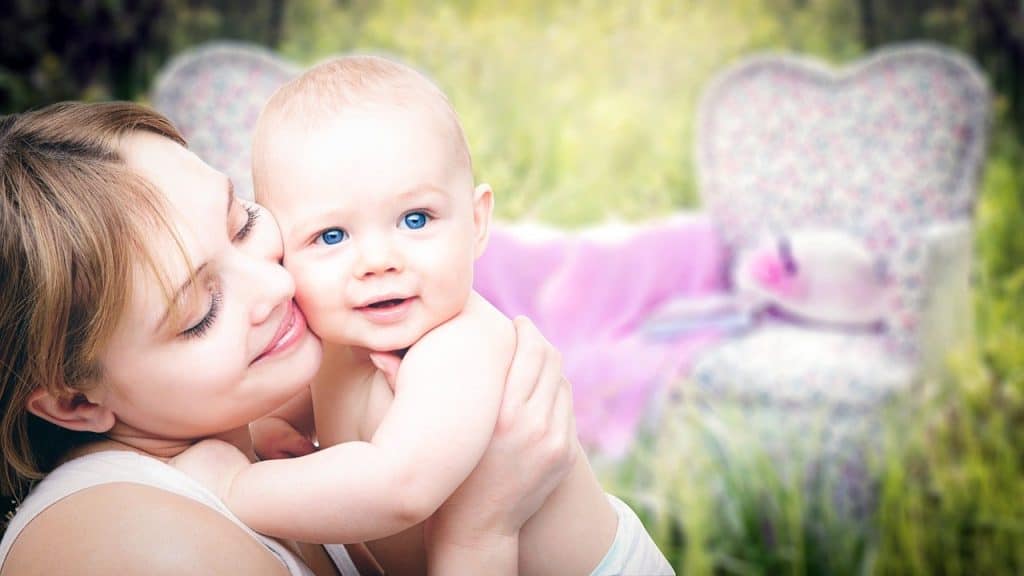
Children can pick up their parents’ energies. Even a three-month-old baby might feel anxious if you’re hesitant to drop them off, increasing the chance of them being tense in a new environment.
Although babies usually experience separation anxiety around nine months of age, it doesn’t hurt to be cheerful when dropping off your three-month-old baby to daycare. Consequently, make sure to connect with your infant when you get back home.
There are numerous ways to bond with your three-month-old. Skin-to-skin contact while breastfeeding or nursing works best. Looking into your baby’s eyes while you feed them and listening to each other’s heartbeats also strengthens the parent-child connection.
Final Thoughts
Transitioning from home childcare to infant daycare can bring anxiety to parents and children. Such significant changes in one’s daily routine can trigger emotions that can be very overwhelming. Remember that it’s natural to feel this way, and you can do something about it.
Ultimately, your responsibility and obligation as a parent are to give what’s best for you and your family. Do your research, trust your instincts, and make the necessary preparations without fail. Regard this situation as a learning experience for you and your child.